Although fewer than one-third of affluent clients stick with a single platform, nearly 45% plan to move 25–50% of their assets to alternative providers, according to EY’s 2025 Global Wealth Research Report. The message is clear: investors want more control, transparency, and a unified view of their finances.
But most wealthtech platforms still fall short. Clients log in and see only part of the picture. No visibility into external holdings, scattered account balances, or incomplete transaction histories. This creates friction at every stage from onboarding to advice.
This is where account aggregation APIs come in.
Powered by Open Banking, these APIs let investment platforms securely access verified bank and account data across multiple institutions under full client consent.
The result? A real-time multi-bank view for wealth clients, simplified source of funds checks, and enriched data for smarter portfolio analysis.
Whether you’re a product lead fixing onboarding friction or a developer integrating AIS flows, your choice of aggregation partner matters. The wrong one adds latency, breaks consent refresh cycles, and slows your roadmap.
In this guide, we break down six tools purpose-built to deliver:
- Clean, categorised financial data across banks
- FCA-compliant consent flows
- Developer-first integration experiences
- Use cases tailored to AIS for investment apps
1. Finexer: Purpose-Built Aggregation for UK Wealthtech
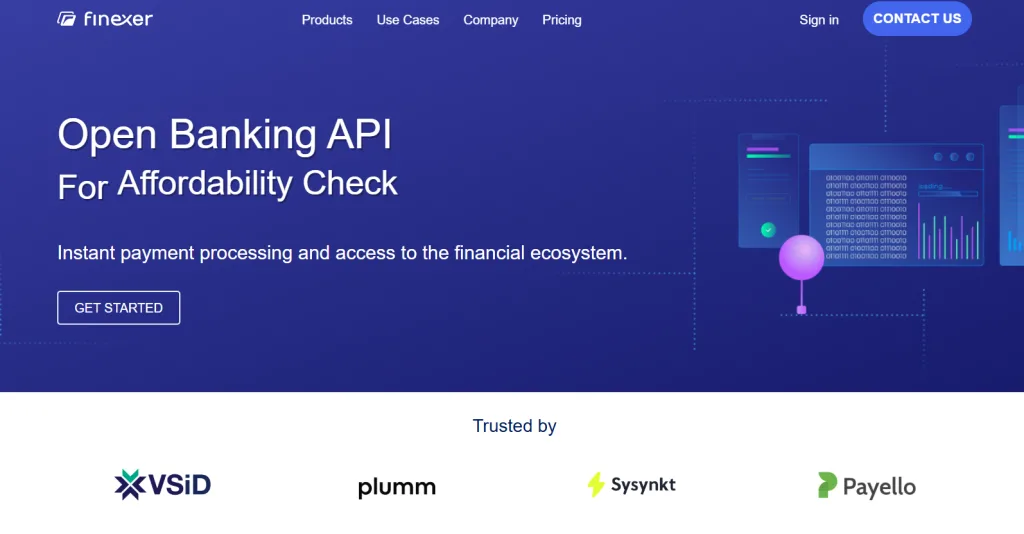
Finexer stands out as a modern, developer-focused solution for platforms needing fast, FCA-compliant access to account aggregation APIs. Unlike legacy AIS providers built for generic fintech workflows, Finexer is tailored to support real-time investment use cases, especially those requiring speed, accuracy, and customisation.
At its core, Finexer enables platforms to connect with 99% of UK banks, providing access to current, savings, ISA, and business accounts through a unified API. The platform automatically categorises transactions, flags income sources, and maps spending behaviours critical for firms offering personalised wealth services or dynamic portfolio views.
But what sets it apart isn’t just data coverage. It’s speed of deployment. Finexer consistently goes live 2–3x faster than most AIS providers, thanks to its developer-first docs, quick-start SDKs, and low-latency infrastructure. For engineering teams under pressure to ship AIS integrations without weeks of back-and-forth, that makes a difference.
Wealthtech platforms also benefit from long-lived consent refresh flows and prebuilt UI components, making it easier to maintain a multi-bank view for wealth clients while staying fully FCA-compliant. There’s no need to build custom reauthentication screens or manually manage consent expiry logic.
And while many AIS tools focus on consumer budgeting or lending, Finexer is focused on use cases like:
- Source of funds checks for investor onboarding
- Account linking during portfolio setup
- Financial profiling for high-net-worth clients
- AIS for investment apps needing accurate categorised data
For teams that want to build fast without sacrificing control, Finexer offers a scalable, white-labelled AIS solution priced on usage without heavy contracts or hidden fees.
Get Started
Connect today and see why businesses trust Finexer for secure, compliant, and tailored open banking solutions.
Try Now2. Bud: Data Enrichment Meets Account Aggregation
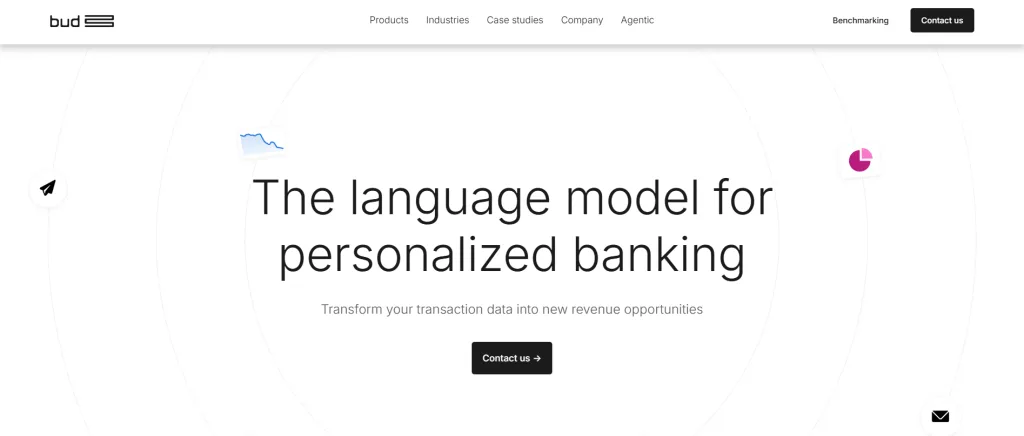
Bud approaches account aggregation APIs from a data intelligence angle, making it a strong choice for wealthtech platforms that want more than just raw transaction data. It doesn’t just fetch balances and bank feeds, it interprets them.
Originally a consumer-facing app, Bud has evolved into a powerful AIS and enrichment engine, with tools for income modelling, behavioural tagging, and real-time transaction categorisation. For investment platforms aiming to deliver intelligent dashboards, personalised risk profiles, or goal-based tracking, Bud provides the kind of enriched data layer that legacy AIS platforms often lack.
Bud’s Open Banking coverage includes major UK banks, with the option to combine AIS feeds with proprietary enrichment models. This allows platforms to offer users a multi-bank view for wealth clients while layering on insights like salary predictions, recurring payment detection, or spending volatility, all of which help advisors personalise financial advice.
Where Bud excels:
- Advanced machine learning for financial behaviour modelling
- Clean enrichment APIs for use in robo-advisors or portfolio tools
- Strong alignment with AIS for investment apps targeting long-term planning
However, Bud is often seen as more enterprise-tier. Integration tends to involve custom scopes, commercial discussions, and longer onboarding timelines. For smaller teams or startups, this might be a hurdle, though the payoff in enriched data can be significant.
For wealthtechs building predictive features or financial wellbeing tools, Bud brings both the infrastructure and the intelligence layer needed to power them.
3. Salt Edge: Compliance-First AIS for Cross-Border Platforms
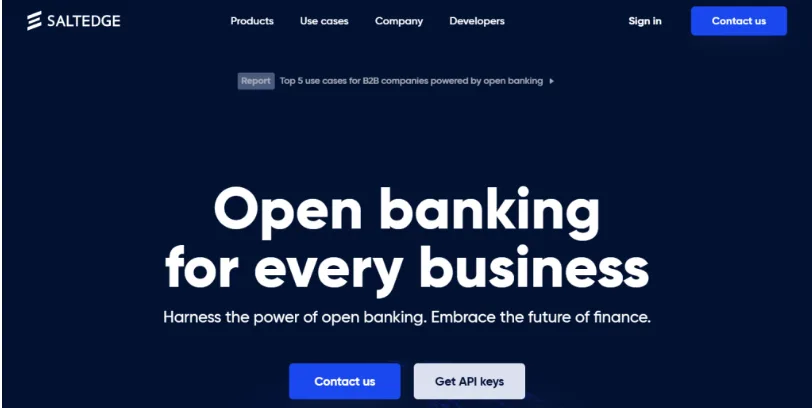
Salt Edge is a well-established name in Open Banking infrastructure, especially for platforms operating across both the UK and the EU. Its AIS offering is geared toward compliance-heavy environments, making it a natural fit for wealthtech firms that prioritise regulatory coverage, auditability, and broad regional access.
Where Salt Edge stands out is in its dual API suite, supporting both PSD2-regulated account aggregation and data enrichment. For investment platforms working with cross-border clients, this means access to hundreds of EU banks and major UK institutions under a single, unified consent flow.
The platform provides structured financial data, including balances, transactions, and account metadata, normalised across countries and banks. It also includes pre-built consent widgets, reauthentication handling, and dashboards for consent management, all vital in tightly regulated wealthtech environments.
Key strengths:
- High bank coverage across the UK, EU, and beyond
- Strong compliance tooling for PSD2, GDPR, and ISO standards
- Developer portal with thorough documentation and testing tools
Salt Edge is particularly suitable for firms with clients spread across jurisdictions or those launching EU-facing features that require consistent data models. Its ability to support account aggregation for portfolio tracking across borders makes it well-suited for regulated wealth platforms with international exposure.
While not as customisable in frontend presentation, its stability, breadth, and risk controls make it a dependable choice where compliance takes priority.
4. Plaid: Global Aggregation Infrastructure for Multi-Market Wealthtechs
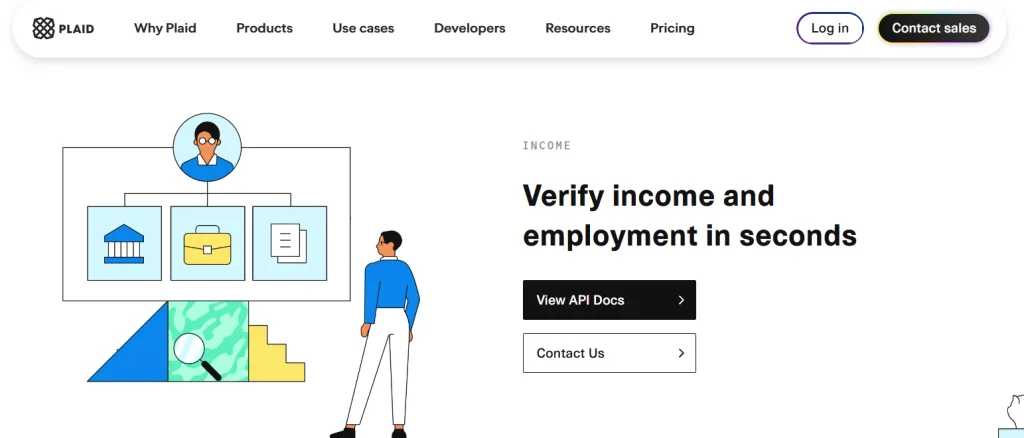
Plaid is one of the most recognisable names in financial data aggregation, offering wide-reaching account aggregation APIs across the UK, US, and EU. For investment platforms expanding beyond a single geography, Plaid provides a consistent integration experience across multiple markets, ideal for global wealthtechs managing assets in several jurisdictions.
Its AIS capabilities include account linking, transaction history, balance data, and identity verification. But what sets Plaid apart is its growing ecosystem of APIs beyond aggregation, like investments, liabilities, and income products designed to plug into adjacent use cases for wealthtech platforms operating at scale.
Where it performs well:
- Cross-market API coverage (UK, US, CA, EU)
- Data enrichment features like transaction categorisation and merchant matching
- Investment and identity APIs that complement aggregation flows
For platforms that need to unify data across different countries, Plaid offers a standardised developer experience and extensive documentation. The platform also supports major wealthtech integrations globally, making it a familiar option for teams that have worked in fintech before.
That said, commercial access in the UK may require higher volumes or longer onboarding timelines. And compared to region-specific AIS tools, Plaid’s performance and support may vary by market.
Still, for investment platforms with a multi-region footprint or international client base, Plaid is a scalable solution for consolidating account data and building consistent user experiences.
5. TrueLayer: Premium Aggregation for UK-Centric Investment Apps
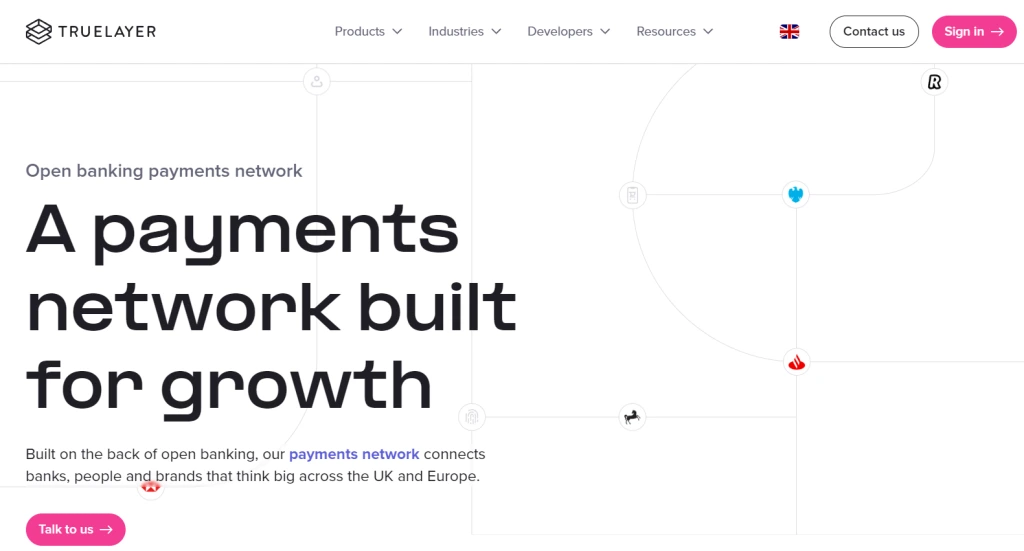
TrueLayer is a leading provider of account aggregation APIs in the UK, with a strong reputation for reliability and premium support. It is particularly popular among fintech and wealthtech firms that want a stable, long-term AIS partner with a strong presence in the UK market.
TrueLayer’s AIS offering includes account balances, transaction histories, and categorised data, all delivered through a developer-friendly API. The platform also provides pre-built user authentication and consent flows, simplifying compliance with Open Banking regulations.
Key strengths:
- Deep connections with UK banks and consistent API performance
- Well-documented developer resources and sandbox environments
- Proven track record with large-scale fintech and investment platforms
TrueLayer is particularly well-suited for wealthtech platforms that require account aggregation for portfolio tracking or data-driven insights, while also valuing strong vendor support and a robust infrastructure.
Its pricing and onboarding are typically geared toward mid-to-large financial platforms, making it a strong option for firms that prioritise performance and enterprise-grade reliability over fast, flexible entry.
6. Tink: Pan-European Aggregation with Built-In PFM Tools
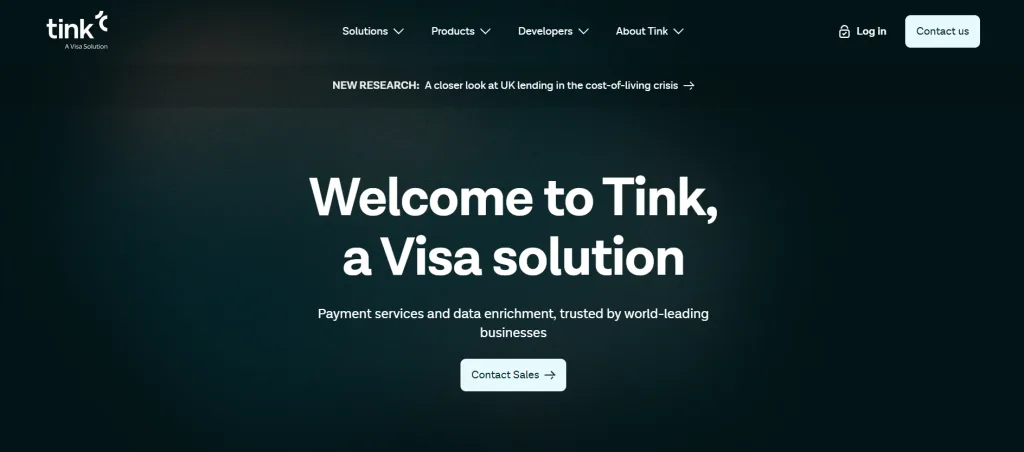
Tink offers one of the most comprehensive account aggregation APIs across Europe, with strong coverage in over 15 markets and growing traction in the UK. While its core strength lies in connecting to a wide network of banks, Tink goes a step further by offering a full stack of personal finance management (PFM) features, making it a compelling option for EU-focused wealth platforms.
For developers building user-facing insights, Tink’s pre-built modules include transaction categorisation, cashflow analysis, and spending trends. These can be used to power dashboards, deliver behavioural nudges, or provide spending context alongside investment performance.
Where Tink delivers value:
- Broad EU coverage with expanding UK support
- Pre-integrated data enrichment and analytics
- Modular tools for cash flow, PFM, and income analysis
Tink is best suited to wealthtech firms operating across multiple European markets or building personalised finance tools into investment journeys. It helps support multi-bank views for wealth clients while reducing the need for internal enrichment or data visualisation layers.
However, UK-native integration teams may find their onboarding slightly more geared toward the EU market, both in terms of product design and documentation.
Still, for pan-European wealthtechs looking to unify financial data and enrich the investor experience, Tink offers a strong AIS foundation.
Choosing the Right Account Aggregation Tool for Your Wealth Platform
Every wealthtech product has different needs, from rapid deployment to enrichment depth to regional coverage. Here’s a focused view of where each provider fits best, based on their actual strengths:
- Finexer:
Best for UK-based wealthtechs needing fast, FCA-compliant AIS access to 99% of UK banks with usage-based pricing and rapid integration. - Bud:
Great for platforms focused on behavioural enrichment, long-term financial planning, and investor segmentation. - Salt Edge:
Ideal for cross-border wealth platforms needing PSD2 compliance and unified consent flows across the UK and EU. - Plaid:
Strong choice for global apps needing multi-country AIS with additional APIs for identity, liabilities, and investments. - TrueLayer:
Suited for teams wanting raw UK bank data with control over enrichment, infrastructure, and custom logic. - Tink:
Best for EU wealthtechs building personalised insights with embedded analytics and broad pan-European coverage.
Why use API-based aggregation instead of screen scraping?
API-based aggregation is more secure, stable, and compliant than screen scraping. It uses bank-approved connections and consent flows.
What risks should wealth platforms watch for in AIS tools?
Data retention and consent mismanagement are key risks. Use AIS providers with clear policies, encryption, and refresh handling.
How can I check if an AIS provider offers strong bank coverage?
Look for direct API connections to major banks, not screen scraping. Also, check refresh rates and connection uptime.
Your Dashboard Deserves Better Data
Don’t settle for stale or partial views. With Finexer, get FCA-compliant access to live financial data, built for wealth platforms.
